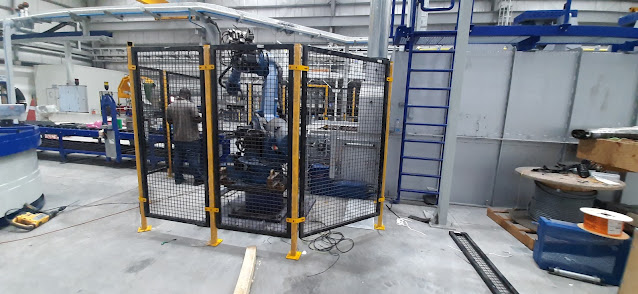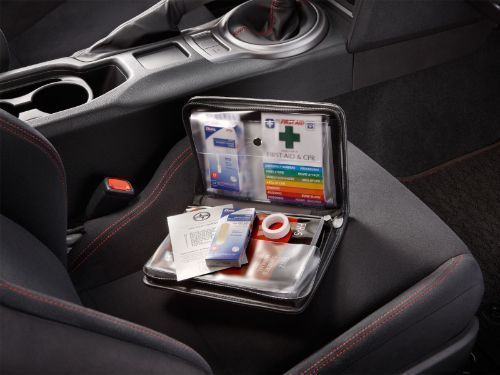Workplace safety is a top priority for businesses and organisations across all industries. Ensuring the well-being of employees and creating a safe working environment not only promotes productivity but also reflects a company's commitment to its workforce.
One critical aspect of workplace safety is machine guarding, which plays a pivotal role in preventing accidents and injuries related to machinery and equipment.
Machine guarding can be defined as the implementation of protective measures and devices to shield workers from hazardous machine components and processes. It encompasses various types of safeguards, including physical barriers, electronic sensors, interlocks, and more.
By effectively implementing workplace machine guarding, businesses can significantly reduce the risk of workplace accidents and create a secure operational environment for their employees.
Machine Guarding
Machine guarding is a critical element of workplace safety, designed to protect employees from the hazards posed by machinery and equipment.
It involves the use of physical barriers, such as enclosures, fencing, and shields, to prevent contact with moving parts and potential sources of danger.
Additionally, electronic sensors and interlocking mechanisms can also be employed to ensure that machines cease operation when a potential hazard is detected.
The benefits of implementing machine guarding in the workplace are multifaceted. Not only does it minimise the risk of injuries and accidents, but it also fosters a culture of safety and responsibility among employees.
By creating a secure working environment, businesses can boost employee morale, reduce absenteeism due to injuries, and enhance overall operational efficiency.

Risk Assessment and Hazard Identification
Conducting comprehensive risk assessments is a fundamental aspect of ensuring workplace safety. By identifying potential hazards related to machinery and equipment, businesses can proactively mitigate risks and implement tailored machine-guarding solutions.
Risk assessment also plays a pivotal role in determining the specific types of machine guarding required for different operational processes.
Methods for identifying potential hazards include conducting thorough equipment inspections, analysing historical incident data, and engaging employees in the hazard identification process.
By involving workers in risk assessment and hazard identification efforts, businesses can leverage their frontline expertise to enhance safety protocols and machine-guarding measures.
Implementing Comprehensive Machine Guarding Solutions
Implementing effective machine guarding systems involves a systematic approach that considers the unique requirements of each piece of machinery and the specific conditions of the workplace.
Businesses should follow a step-by-step guide to ensure that machine guarding is implemented comprehensively and in accordance with regulatory standards.
Selecting appropriate guarding methods based on specific machinery and workplace conditions is crucial. Factors such as the type of machinery, operational processes, and employee interaction with equipment should all be taken into consideration.
Additionally, providing adequate training for employees working with guarded machinery is essential to ensure that they understand the purpose and function of the safeguards in place.
Maintenance and Inspection Procedures
Regular maintenance and inspection of machine guarding systems are vital to ensuring their ongoing effectiveness.
Over time, wear and tear, environmental factors, and operational changes can impact the integrity of machine guards.
Therefore, businesses should establish robust maintenance schedules and inspection procedures to uphold the reliability of their machine guarding measures.
Best practices for maintaining and ensuring the effectiveness of guards over time include conducting routine inspections, promptly addressing any issues or damage, and providing ongoing training to employees on the importance of maintaining machine guarding integrity.
By prioritising the maintenance of machine guarding systems, businesses can uphold a consistent standard of workplace safety.
Conclusion
Comprehensive machine guarding is an indispensable component of workplace safety, serving as a proactive measure to protect employees from machinery-related hazards.
By understanding the importance of machine guarding, complying with legal requirements, conducting thorough risk assessments, and implementing tailored guarding solutions, businesses can create a safer working environment for their employees.
Source By - https://tinyurl.com/3k93zden
































